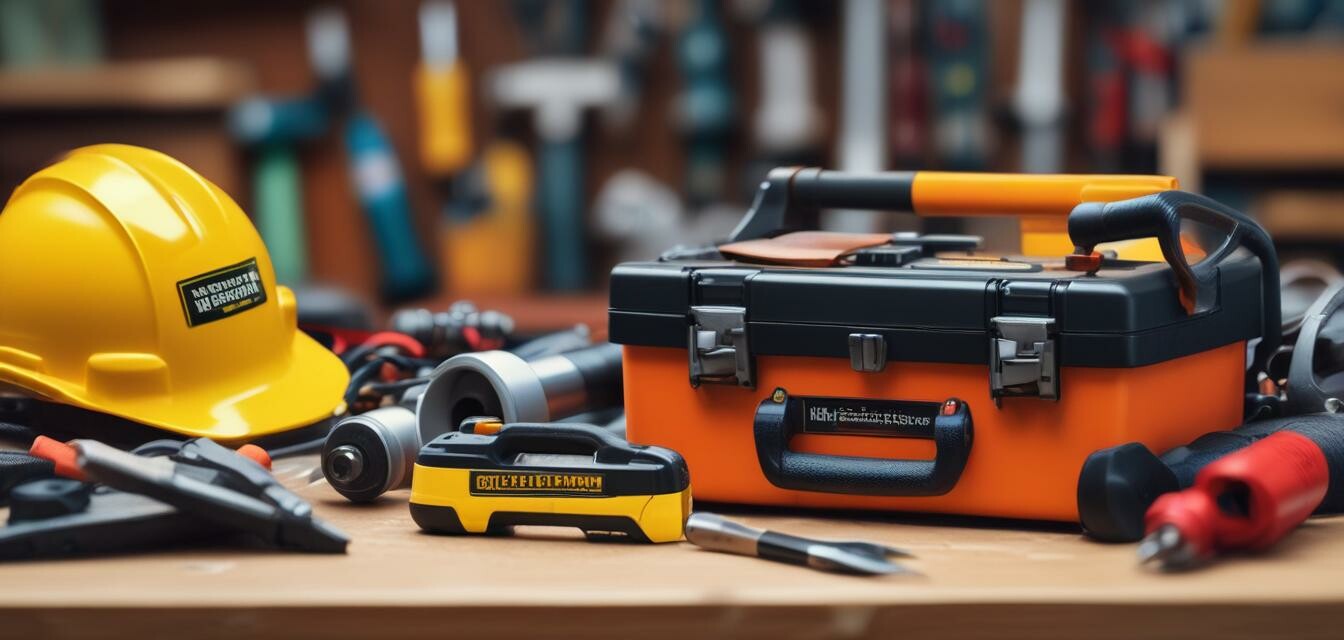
Power Tool Safety: New Regulations for 2025
Key Takeaways
- New safety regulations are set to take effect in 2025, impacting the design and manufacturing of power tools.
- Regulations will focus on reducing accidents and enhancing user safety with advanced technologies.
- Manufacturers need to stay informed and compliant to avoid penalties and ensure product safety.
- Emerging trends show an increasing emphasis on ergonomics and sustainable materials in power tool development.
- Contractors and DIY enthusiasts will benefit from the improved safety standards in their tools.
As we approach 2025, the landscape of power tool safety is set for significant changes. New regulations aim to address the safety concerns in the construction industry and among DIY enthusiasts. Ensuring the safety of these tools is crucial for protecting users and minimizing the risk of accidents. In this article, we will explore the upcoming safety regulations that manufacturers and users need to be aware of.
Understanding the new regulations
In 2025, several new safety regulations will be implemented, focusing on the design, manufacturing, and use of power tools. These regulations are developed through a comprehensive framework to enhance user safety and align with technological advancements in the industry.
| Regulation | Description | Impact on Users |
|---|---|---|
| Enhanced user protection | Stricter guidelines on safety features such as automatic shut-off mechanisms. | Reduce risk of injury from accidental startups. |
| Noise reduction standards | Limitations on noise levels for power tools during operation. | Improved hearing safety for users in noise-sensitive environments. |
| Ergonomic design | Mandatory ergonomic assessments for tool design. | Increased comfort leading to reduced fatigue during extended use. |
| Compliance testing | New testing protocols for certifications. | Assurance that tools meet safety standards before reaching the market. |
Importance of compliance
Manufacturers must adhere to these regulations to ensure the safety of their products and to avoid potential penalties. Compliance isn’t just about meeting legal requirements; it’s about fostering a culture of safety within the industry. Here are some vital reasons why compliance is essential:
- Increased Safety: Complying with regulations helps mitigate risks and protect users from potential hazards.
- Brand Integrity: Adhering to safety standards enhances a company’s reputation and builds trust among consumers.
- Market Competitiveness: Companies that prioritize safety can differentiate themselves in a competitive market.
- Legal Protection: Compliance can shield manufacturers from lawsuits and claims related to product malfunctions.
Key players in the regulation process
Various bodies are involved in the development and enforcement of these new regulations. Understanding their roles is essential for manufacturers, contractors, and DIY enthusiasts alike. Below are some key organizations:
| Organization | Role | Contribution to Safety |
|---|---|---|
| Occupational Safety and Health Administration (OSHA) | Set workplace safety standards | Develops regulations that protect workers from hazards. |
| American National Standards Institute (ANSI) | Develop safety standards for tools | Creates and promotes standards to ensure product safety. |
| Consumer Product Safety Commission (CPSC) | Protect public from unreasonable risks | Regulates product safety to minimize hazards. |
| Industry Organizations | Support best practices in the industry | Provide guidelines for manufacturers and educate the public. |
Emerging trends in power tools
As regulations evolve, so do the trends in the portable power tools industry. Let’s look at some of the key trends shaping the future:
- Smart tools: Integration of technology to improve functionality and monitoring safety.
- Sustainable materials: Shift towards eco-friendly materials in tool manufacturing.
- Improved battery technology: Advancement in battery life and charging capabilities for cordless tools.
- Enhanced safety features: Development of more sophisticated safety mechanisms in tools.
Conclusion
With new regulations on the horizon for 2025, it is essential for both manufacturers and users of power tools to stay informed and compliant. The upcoming safety measures aim to protect users and create safer working environments, particularly for contractors and DIY enthusiasts engaged in hands-on work. As industry standards evolve, embracing these changes will lead to safer, more efficient tools that benefit everyone.
Pros
- Improved safety features reduce risk of injuries.
- Compliance enhances product reliability.
- Ergonomic designs lead to better user experience.
- Increased market competitiveness through adherence to regulations.
Cons
- Higher manufacturing costs for compliance.
- Possible product redesigns leading to a delay in market availability.
- Increased regulatory burden on manufacturers.
Stay updated with the latest trends in the portable power tools industry by visiting our News and Trends section. For more information on buying power tools, check our Buying Guides. Whether you are a contractor or a DIY enthusiast, understanding these changes is essential for choosing the right tools for your projects and ensuring a safe working environment.